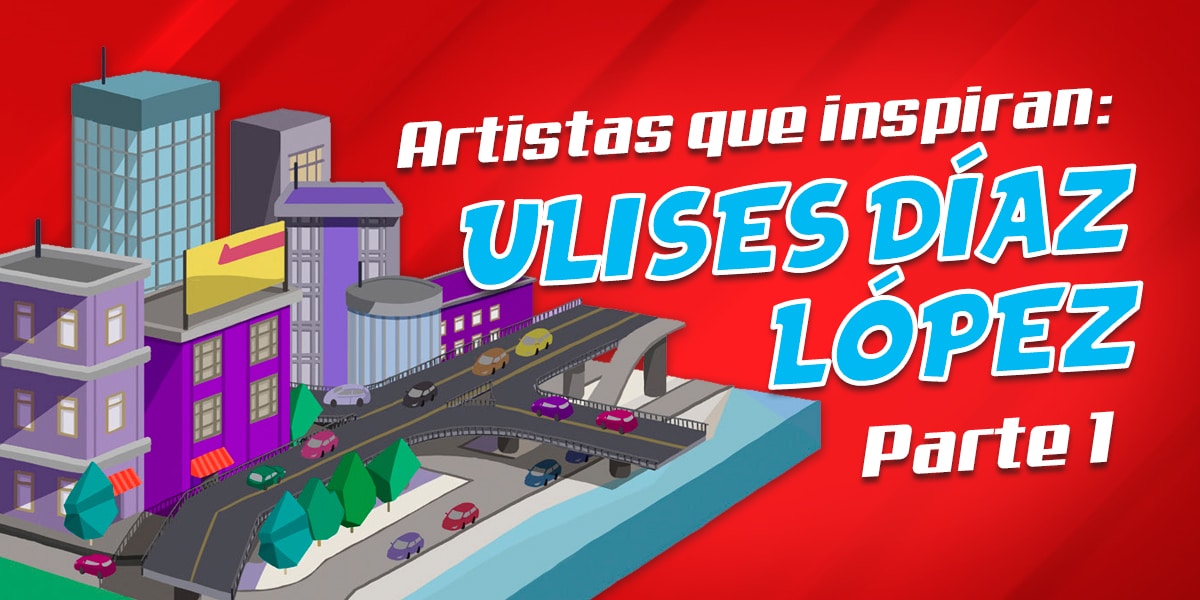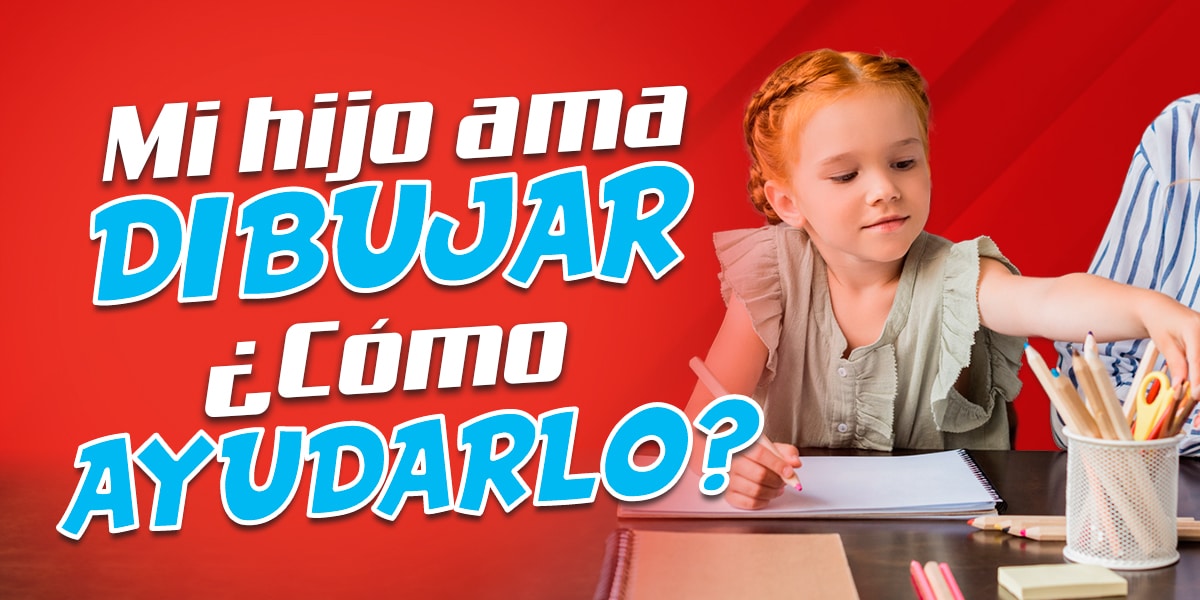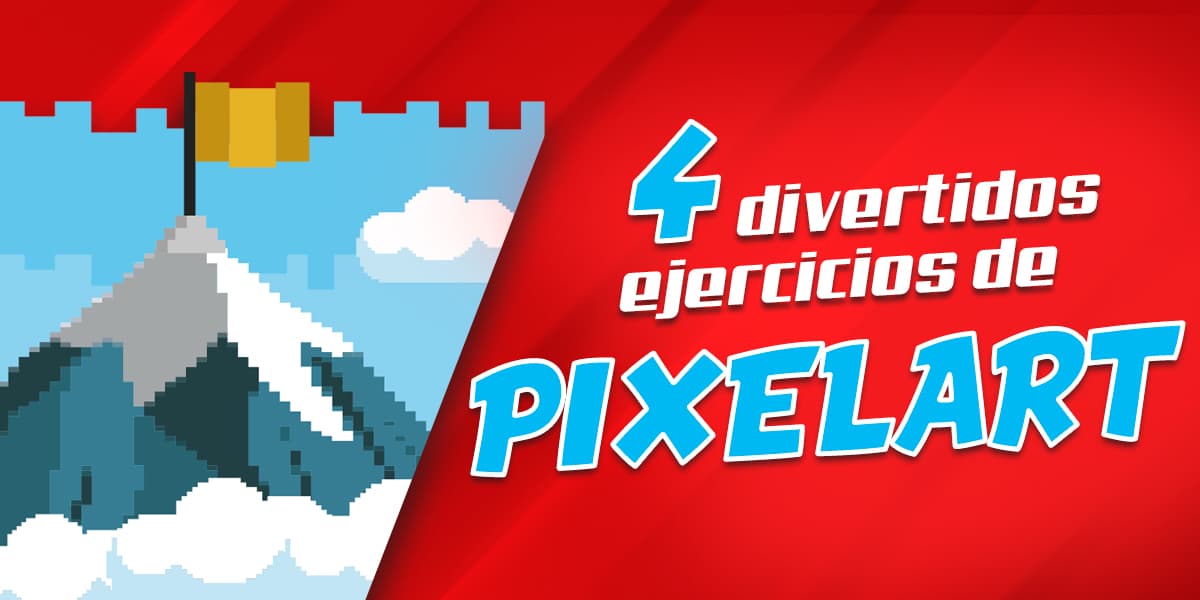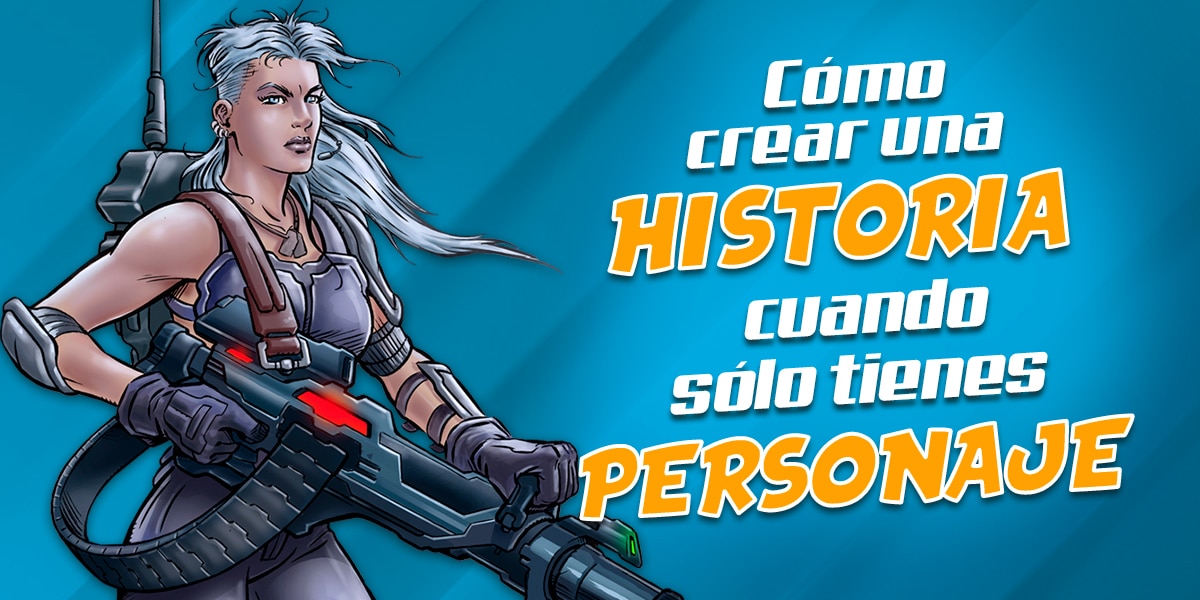Entrevista a Ulises Díaz López (Parte 1): Un Viaje por el Mundo del Arte y la Ilustración
¿Alguna vez te has preguntado cómo es la vida de un artista profesional que trabaja para las grandes empresas del mundo? ¿Qué camino recorre un ilustrador desde sus primeros trazos hasta convertirse en un referente en su campo? Prepárate para sumergirte en una fascinante historia de creatividad, perseverancia y pasión por el arte.
En esta entrevista exclusiva, nos adentramos en el universo creativo de Ulises Díaz López, un talentoso dibujante nacido en 1991 en Buenos Aires. Desde sus inicios en la Universidad Nacional de las Artes hasta sus experiencias en Canadá, Ulises ha dejado su huella en diversos medios artísticos, destacándose especialmente en el campo del storyboard y el diseño de personajes.
Acompáñanos en este viaje por la mente de un artista que ha logrado convertir su pasión en una carrera exitosa. Descubre los secretos, desafíos y momentos clave que han moldeado su trayectoria. ¿Estás listo para inspirarte y, quizás, descubrir tu propio camino en el mundo del arte? Haz clic aquí para comenzar tu aventura creativa.
Por Chuky Rossi
De Aficionado a Profesional: La Evolución de un Artista Excepcional
Bienvenidos a una nueva entrega de nuestras entrevistas exclusivas para TFC. Hoy, nos sumergiremos en el fascinante mundo creativo de Ulises Díaz López, conocido en las redes como LucyWayne (Behance) y lookdyl (Instagram). Este joven artista, nacido en 1991 en Buenos Aires, ha logrado lo que muchos sueñan: trabajar para las empresas más grandes del mundo con su talento y creatividad.
Desde sus estudios en la Universidad Nacional de las Artes hasta sus experiencias en Canadá, Ulises ha explorado diversos medios artísticos, destacándose particularmente en el campo del storyboard y el diseño de personajes. Su trayectoria es un testimonio de cómo la pasión, combinada con dedicación y habilidad, puede abrir puertas en la industria creativa.
A lo largo de esta entrevista, Ulises nos llevará por un recorrido desde sus primeros pasos en el arte hasta sus proyectos más recientes. Nos compartirá sus experiencias trabajando en estudios, sus insights sobre diferentes medios artísticos y los desafíos que ha enfrentado en su carrera. Si eres un aspirante a artista o simplemente alguien fascinado por el proceso creativo, esta entrevista te brindará una perspectiva única y valiosa.
¿Quieres dar tus primeros pasos en el mundo del dibujo profesional? Explora recursos y técnicas aquí.
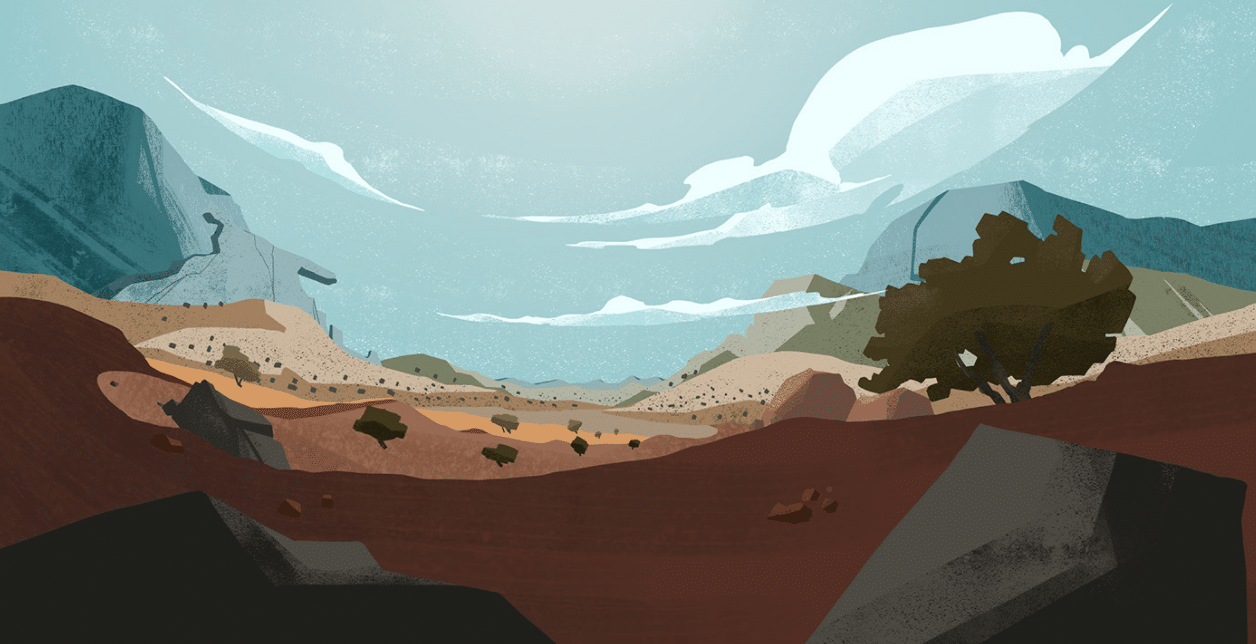
Los Primeros Trazos de una Carrera Brillante
Cuando le preguntamos a Ulises sobre los inicios de su carrera artística, su respuesta nos transporta a un momento crucial en la vida de todo artista: el paso de aficionado a profesional.
“Creo que mis 24 años marcan más la parte profesional, que fue cuando entré a mi primer estudio”, recuerda Ulises. “Ahí empecé haciendo storyboards e ilustraciones. Todo lo anterior fueron cosas muy esporádicas y salteadas, como murales o ilustraciones a pedido.”
Este salto al mundo profesional no fue repentino. Antes de eso, Ulises ya había realizado trabajos comisionados para empresas, principalmente diseños de marcas. Sin embargo, como él mismo admite, esta primera etapa no fue muy constante. “Creo que lo que más hice fue cursar en la universidad de las artes”, añade, subrayando la importancia de la formación académica en su desarrollo.
La transición de hobby a profesión es un paso crucial para cualquier artista. Requiere no solo talento, sino también dedicación, persistencia y la capacidad de adaptarse a las demandas del mercado. ¿Estás listo para llevar tu pasión por el dibujo al siguiente nivel? Descubre cómo aquí.

El Despertar de un Talento Innato
La historia de Ulises como artista comienza mucho antes de su entrada al mundo profesional. Como muchos grandes talentos, sus habilidades se manifestaron desde una edad temprana, sorprendiendo a quienes le rodeaban.
“Tengo recuerdos de mi madre diciendo que le pinte la pared, o cuando le dibujé el DNI a mi padre en el jardín”, cuenta Ulises. “Me decían que dibujaba muy bien para mi edad, que manejaba volúmenes. Era raro para alguien pequeño.”
Sin embargo, como suele ocurrir con muchos niños talentosos, Ulises no le dio mayor importancia a estas habilidades durante un tiempo. Fue hasta la adolescencia cuando decidió tomar en serio su talento. “Seguí dibujando hasta los 15, que dije, ‘Bueno, tal vez quiero aprender un poco más’ y ahí empecé en una escuela de dibujo”, recuerda.
Curiosamente, su entrada al mundo del dibujo formal fue a través de los cómics, no por elección propia, sino por las circunstancias. “Comencé con los cómics porque, al parecer, el curso de dibujo no estaba, no sé qué pasaba, y en el de cómics sí me aceptaban”, explica. Esta casualidad resultó ser un punto de inflexión en su carrera. “Con la historieta no tenía ningún acercamiento, de repente llegué ahí y dije ‘me gusta, es como contar cosas con dibujos, como secuenciarlos’. Y ahí surge lo de los cómics.”
La historia de Ulises nos recuerda que el talento innato es solo el comienzo. El verdadero crecimiento como artista viene de la decisión consciente de desarrollar ese talento, de buscar oportunidades para aprender y mejorar. ¿Sientes que tienes un talento oculto para el dibujo? Explora tu potencial aquí.
Del Kiosco a la Biblioteca: La Evolución de un Lector de Cómics
El camino de Ulises en el mundo de los cómics no comenzó con los clásicos europeos o las obras independientes, sino con los superhéroes que dominaban los kioscos de su barrio. Esta progresión desde lo mainstream hacia obras más diversas es un viaje común para muchos amantes del cómic, y Ulises lo describe con una mezcla de nostalgia y apreciación por su crecimiento como lector y artista.
“Antes de eso, yo leía cosas muy mainstream”, recuerda Ulises. “No me acuerdo a qué edad, pero era un poco más chico, cuando descubrí que había cómics de Marvel en el kiosquito del barrio. Creo que debería tener como 12 cuando vi que había cómics y empecé a consumir Marvel.”
Esta primera exposición a los cómics de superhéroes fue crucial para despertar su interés en el medio. “Más que nada era lo que llegaba. Después empezaron a llegar cosas de DC, pero siempre me gustó mucho más Marvel por las historias”, explica Ulises, revelando cómo estas primeras lecturas moldearon sus preferencias iniciales.
Sin embargo, fue su ingreso al curso de cómics lo que realmente amplió sus horizontes en cuanto a la narrativa gráfica. “Con el curso de cómics me fui familiarizando con Moebius o el Corto Maltés, porque mi profesor te mandaba a leer obras de narrativa gráfica y cómic europeo”, cuenta Ulises. Esta exposición a diferentes estilos y narrativas fue fundamental para su desarrollo como artista. “Está bueno, porque si no, te quedas solamente con Daredevil o Spider-Man.”
La evolución de Ulises como lector de cómics refleja un aspecto importante del crecimiento artístico: la importancia de expandir nuestras influencias y referentes. Pasar de los cómics mainstream a obras más diversas no solo enriquece nuestra apreciación del medio, sino que también nos proporciona nuevas herramientas y perspectivas para nuestro propio trabajo creativo.
Del Panel al Storyboard: Un Salto Creativo
La transición de Ulises del mundo de los cómics al de los storyboards marca un punto de inflexión en su carrera, ilustrando cómo las habilidades adquiridas en un medio pueden ser adaptadas y aplicadas en otro. Esta experiencia nos ofrece una valiosa lección sobre la versatilidad y adaptabilidad necesarias en el mundo del arte comercial.
“Entré en el estudio justo para una publicidad del club River Plate, en la que lanzaban la nueva remera. Era una publicidad para Adidas”, recuerda Ulises. Este proyecto no solo marcó su entrada al mundo profesional, sino que también lo enfrentó a nuevos desafíos creativos. “Era muy loco, porque la camiseta de River tenía que estar como esculpida en 3D, no es que usaban la camiseta real, entonces había que plantear todo eso.”
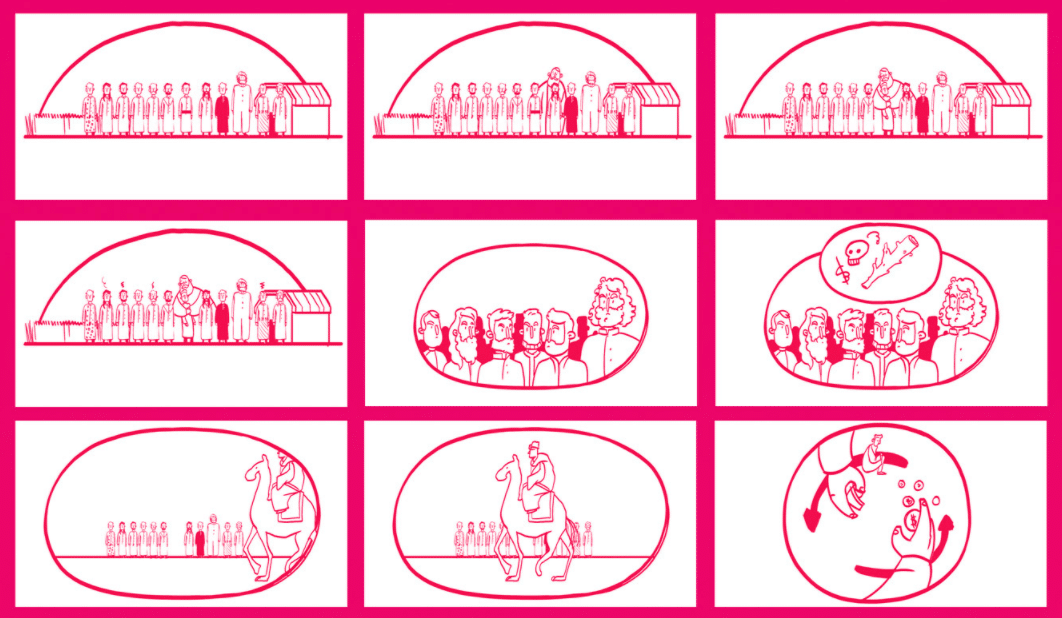
Ulises reflexiona sobre las diferencias entre el cómic y el storyboard, destacando cómo cada medio tiene sus propias exigencias y herramientas narrativas. “El cómic tiene una cuestión de contar con imágenes y secuencialmente, pero para el storyboard hay que hacer un pasaje más cercano al video y el cine”, explica. “Ahí tienes un factor que es el audio, también hay recursos como movimientos de cámara, o movimientos en sí, que también van a afectar el trabajo, como el movimiento dentro del cuadro.”
Esta comparación entre cómic y storyboard revela la complejidad adicional que implica trabajar en medios audiovisuales. Mientras que el cómic permite un control total sobre el ritmo de lectura y la composición de cada página, el storyboard debe anticipar el movimiento, el sonido y el tiempo en pantalla.
“Eso, por ahí, en el cómic es mucho más ‘estático’. Puedes tener movimiento, pero de otra forma”, añade Ulises. “Son diferentes herramientas, son lenguajes análogos y hermanos, pero tienen sus riquezas cada uno.”
La experiencia de Ulises nos muestra cómo las habilidades fundamentales del dibujo y la narrativa visual pueden aplicarse en diversos campos creativos. La capacidad de adaptarse a diferentes medios y requisitos es una habilidad invaluable en el mundo del arte comercial, donde la versatilidad puede abrir muchas puertas.
¿Interesado en explorar diferentes formas de narración visual? Amplía tus habilidades aquí.
La Sinergia entre Cómics y Storyboards: Construyendo sobre Bases Sólidas
Cuando se le pregunta si su experiencia en cómics le ayudó con el trabajo en storyboards, Ulises ofrece una perspectiva fascinante sobre cómo diferentes formas de arte visual se entrelazan y se complementan entre sí. Su respuesta revela cómo el consumo de medios visuales y la práctica en un campo pueden proporcionar una base sólida para el éxito en otros.
“Creo que de por sí tenemos todo un consumo de películas y artes visuales en donde aprendemos”, reflexiona Ulises. Esta observación subraya la importancia de ser un consumidor activo y crítico de arte visual en todas sus formas, ya sea cine, televisión, cómics o bellas artes. Cada experiencia visual contribuye a nuestro entendimiento intuitivo de la composición y la narrativa.
Específicamente sobre los cómics, Ulises señala: “En el cómic aprendemos una especie de parte básica, como los encuadres en las cámaras, que también se comparte con cine”. Esta transferencia de habilidades entre medios es crucial. Los principios de composición, encuadre y narración visual que se aprenden al crear cómics son directamente aplicables al trabajo de storyboard.
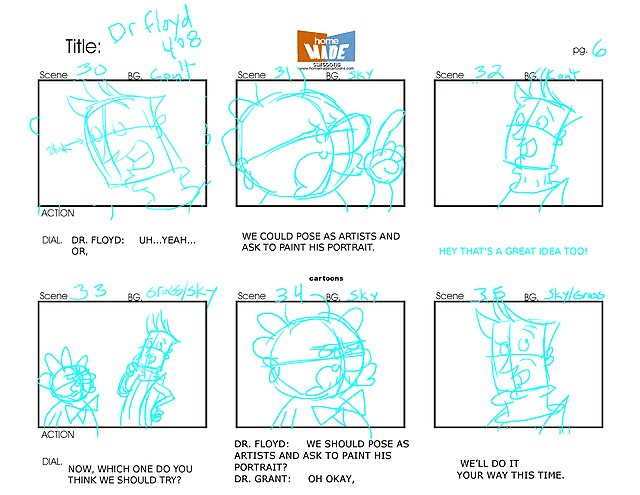
“Entonces, eso un poco que lo tenía: qué proporción del cuadro estás usando, con qué lo estás ocupando, cuánto aire dejas, la composición, etc.”, explica Ulises. Estos elementos fundamentales de diseño visual son universales, aplicables tanto a una página de cómic como a un plano cinematográfico.
Sin embargo, Ulises también reconoce que el storyboard tiene sus propias exigencias únicas. “A eso quizás le tienes que sumar otras cosas. Me tocó bastante hacer storyboards para lo que se llama explainer, un video que explica algo, generalmente lo piden las empresas para explicar cosas.” Este tipo de trabajo requiere habilidades adicionales, como la capacidad de crear transiciones dinámicas para mantener el interés del espectador.
“Lo que más importa en un explainer es hacer transiciones dinámicas, que no te aburras escuchando un video que explica cómo se hace la Coca, ¿ entiendes? Cada storyboard tiene lo suyo, pero comparten una misma base.”
La experiencia de Ulises nos recuerda que, aunque cada medio tiene sus particularidades, las habilidades fundamentales de narración visual son transferibles. La capacidad de contar historias visualmente, sea en cómics o storyboards, se basa en principios comunes de composición, ritmo y claridad narrativa.
¿Quieres perfeccionar tus habilidades de narración visual? Descubre recursos y técnicas aquí.
Explorando el Mundo del Concept Art y Diseño de Personajes
La versatilidad de Ulises como artista se hace evidente cuando hablamos de su experiencia en concept art y diseño de personajes. Estas áreas, aunque relacionadas con sus trabajos anteriores, presentan sus propios desafíos y oportunidades creativas.
“Hice, pero más del tipo en escala de grises”, comenta Ulises sobre su experiencia en concept art. “Sí hice bastante diseño de personajes, también esto me gusta bastante”. Esta preferencia por el diseño de personajes no es sorprendente, considerando su formación en cómics, donde la creación de personajes memorables es fundamental.
Ulises resume su experiencia profesional: “Creo que lo que más hice en proporción fue storyboards, diseño de personajes, concept, ilustraciones medio sueltas, y todo ese tipo de cosas”. Esta diversidad de proyectos demuestra la importancia de ser versátil en la industria creativa, donde la capacidad de adaptarse a diferentes estilos y formatos es altamente valorada.
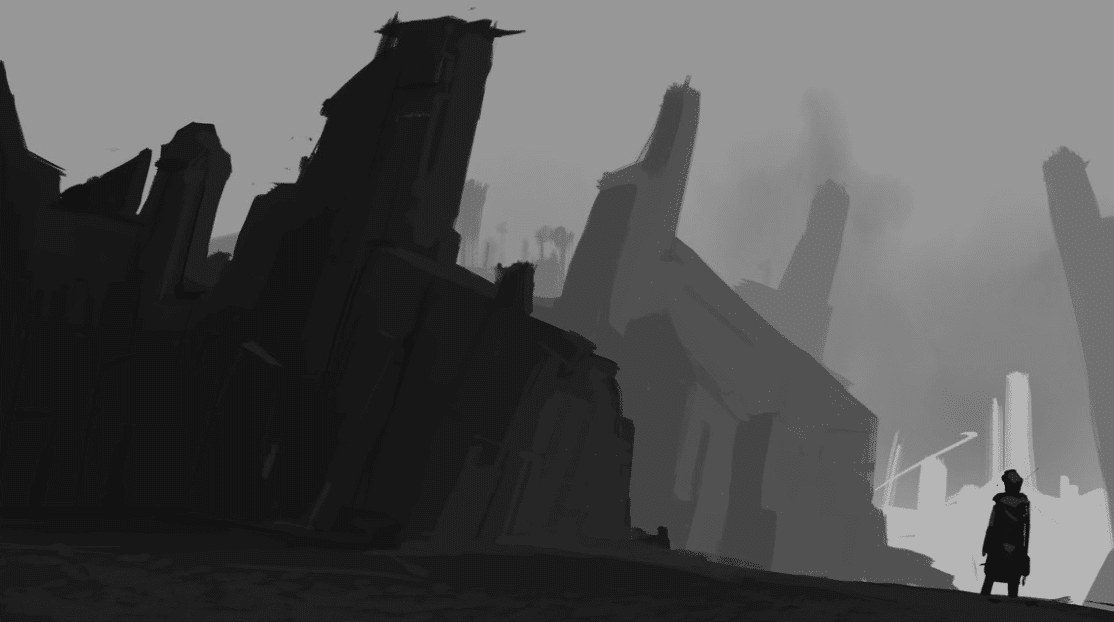
Cuando se le pregunta si sus diseños de personajes son proyectos personales o para empresas, Ulises revela la naturaleza variada de su trabajo: “Me han pedido para dentro del estudio, para piezas publicitarias, ese tipo de cosas”. Esta experiencia en diseño comercial es invaluable, ya que requiere no solo creatividad, sino también la capacidad de trabajar dentro de las restricciones y requisitos específicos de un cliente.
Interesantemente, Ulises también menciona su experiencia en diseño de escenarios: “En un momento también hice diseño de escenarios. Por ejemplo, cuando estábamos en el estudio, MTV venía y decía, ‘Tenemos esta entrega de premios, hay que proponer ideas de diseño de escenario’, entonces ahí lo armamos y pensamos ideas”.
Este tipo de trabajo conceptual es fascinante porque requiere una combinación de creatividad y practicidad. Como Ulises aclara: “Todo muy conceptual, porque yo no elegía el tipo de madera que iba en el escenario”. Su rol era proporcionar la visión creativa inicial, que luego sería refinada y ejecutada por otros profesionales.
La experiencia de Ulises en estas diversas áreas del arte visual demuestra la importancia de ser versátil y estar abierto a nuevos desafíos en la industria creativa. Cada proyecto, ya sea un storyboard, un diseño de personaje o un concepto de escenario, ofrece la oportunidad de aprender y crecer como artista.
Un Vistazo al Futuro: Lo Que Nos Espera en la Segunda Parte
Hasta aquí llega la primera parte de nuestra fascinante entrevista con Ulises Díaz López. Pero no te preocupes, hay mucho más por venir. En la segunda parte de esta entrevista, Ulises compartirá algunos valiosos consejos para diseñar personajes, nos hablará sobre las herramientas que utiliza en su trabajo diario, y nos dará una visión única de su experiencia como profesor universitario.
Prepárate para sumergirte aún más en el mundo creativo de este talentoso artista. Descubrirás cómo Ulises aborda el desafiante proceso de diseño de personajes, qué software y técnicas prefiere para dar vida a sus ideas, y cómo transmite su conocimiento y pasión a la próxima generación de artistas en el aula universitaria.
No te pierdas esta oportunidad de aprender de un profesional que ha logrado hacer de su pasión su carrera. La segunda parte de la entrevista está llena de insights valiosos que te inspirarán y te ayudarán en tu propio viaje artístico.
Conclusión: Un Viaje Artístico Inspirador
La historia de Ulises Díaz López es un testimonio del poder de la pasión, la dedicación y la versatilidad en el mundo del arte. Desde sus primeros trazos infantiles hasta su trabajo profesional para grandes marcas, Ulises nos ha llevado en un viaje fascinante a través de los diversos aspectos de la ilustración y el diseño visual.
Hemos visto cómo su amor por los cómics evolucionó hacia una carrera multifacética que abarca storyboards, diseño de personajes y concept art. Su capacidad para adaptarse a diferentes medios y requisitos demuestra la importancia de la flexibilidad en la industria creativa actual.
Las experiencias de Ulises nos recuerdan que el camino del artista es un constante aprendizaje y crecimiento. Ya sea dibujando superhéroes en su juventud o diseñando escenarios para MTV, cada proyecto ha sido una oportunidad para refinar sus habilidades y expandir sus horizontes creativos.
Si eres un aspirante a artista, la historia de Ulises puede ser una fuente de inspiración y orientación. Nos muestra que con pasión, práctica constante y la voluntad de abrazar nuevos desafíos, es posible forjar una carrera exitosa en el mundo del arte y el diseño.
Te invitamos a reflexionar sobre tu propio viaje artístico. ¿Qué pasos puedes dar hoy para acercarte a tus metas creativas? Recuerda, cada gran artista comenzó con un simple trazo. ¿Listo para dar el siguiente paso en tu desarrollo artístico? Comienza tu viaje aquí.
No olvides volver para la segunda parte de esta entrevista, donde Ulises compartirá más detalles sobre su proceso creativo y su experiencia como educador. ¡Hasta la próxima!

